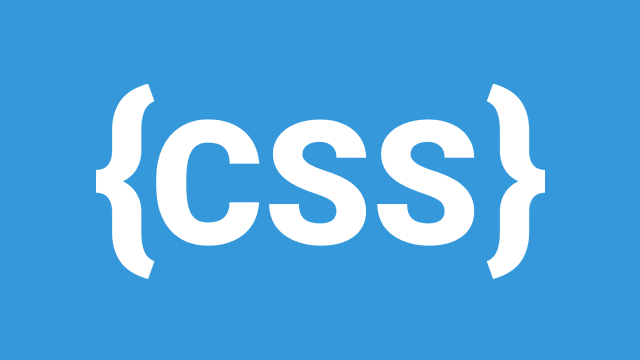
Typography is a fundamental aspect of web design, impacting readability, aesthetics, and user experience. In this guide, we will explore the essential aspects of CSS typography, including font properties, text styling, and the use of custom and Google Fonts.
1. Font Properties in CSS
CSS provides several font-related properties to control the appearance of text. These include:
a) font-family
The font-family property defines the typeface for the text. It is good practice to provide multiple fonts as fallbacks in case the preferred font is not available.
Example:
body {
font-family: 'Arial', 'Helvetica', sans-serif;
}
b) font-size
This property controls the size of the text. It can be defined using various units such as pixels (px), ems (em), rems (rem), or percentages (%).
Example:
p {
font-size: 16px;
}
c) font-weight
The font-weight property defines how bold or light the text appears. Common values include normal, bold, lighter, and numeric values (100–900).
Example:
h1 {
font-weight: bold;
}
d) font-style
This property controls whether the text is normal, italic, or oblique.
Example:
p {
font-style: italic;
}
2. Text Styling in CSS
Beyond font properties, text styling helps enhance the appearance of text on web pages.
a) color
Defines the color of the text using names, hexadecimal values, RGB, or HSL.
Example:
h2 {
color: #3498db;
}
b) text-align
Aligns text horizontally within its container. Common values include left, right, center, and justify.
Example:
p {
text-align: center;
}
c) letter-spacing
Controls the space between letters.
Example:
h1 {
letter-spacing: 2px;
}
d) word-spacing
Defines the space between words in a text.
Example:
p {
word-spacing: 5px;
}
e) text-decoration
Adds decorative features to text, such as underlines, overlines, or line-through effects.
Example:
a {
text-decoration: none;
}
f) text-transform
Controls the capitalization of text. Values include uppercase, lowercase, and capitalize.
Example:
h3 {
text-transform: uppercase;
}
3. Google Fonts and Custom Fonts
a) Using Google Fonts
Google Fonts is a popular free service that allows developers to use a variety of fonts on their websites. To use Google Fonts:
- Visit Google Fonts.
- Choose a font and click "+ Select this style".
- Copy the provided
<link>tag and add it inside your HTML<head>. - Apply the font in your CSS.
Example:
<head>
<link href="https://fonts.googleapis.com/css2?family=Roboto:wght@400;700&display=swap" rel="stylesheet">
</head>
body {
font-family: 'Roboto', sans-serif;
}
b) Using Custom Fonts with @font-face
If you have a custom font file (e.g., .ttf, .woff), you can include it using @font-face.
Example:
@font-face {
font-family: 'MyCustomFont';
src: url('fonts/MyCustomFont.woff2') format('woff2'),
url('fonts/MyCustomFont.woff') format('woff');
}
body {
font-family: 'MyCustomFont', sans-serif;
}
Conclusion
Mastering CSS typography improves the visual appeal and readability of web content. By understanding font properties, text styling, and integrating custom fonts, you can create engaging and professional web designs. Experiment with different styles and explore new fonts to enhance your website's typography!
Leave a Comment